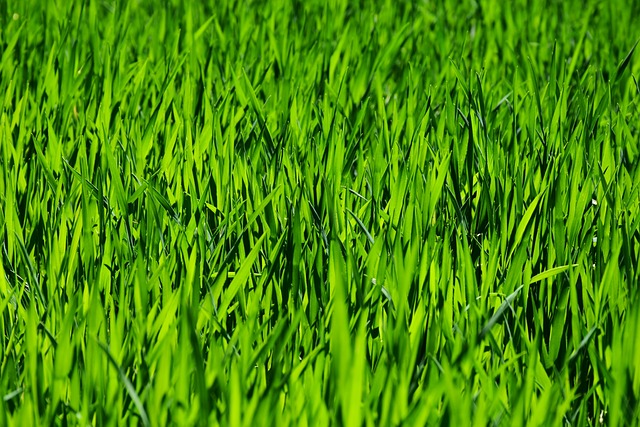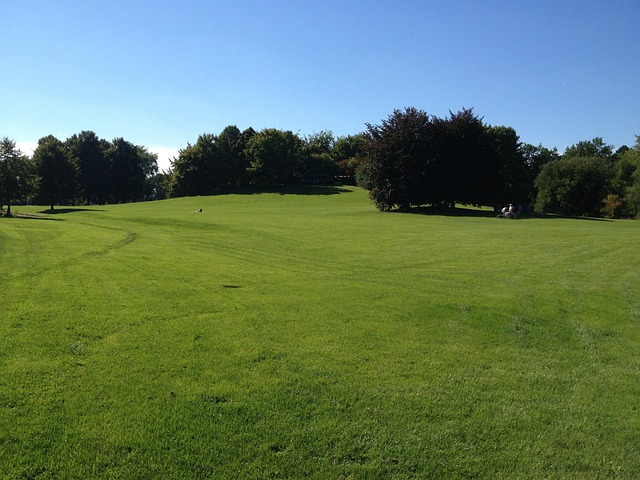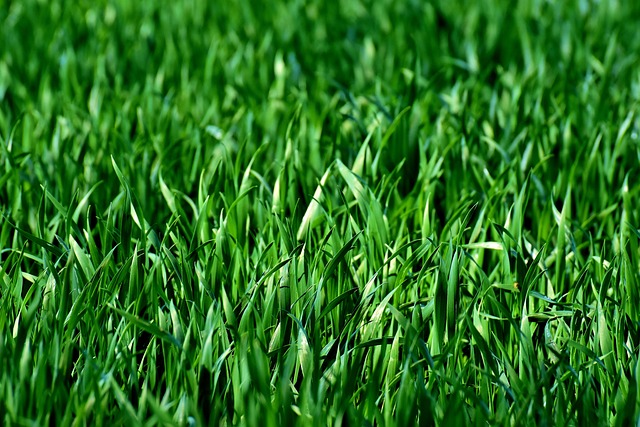Tree trimming and pruning in lawn care and landscaping are crucial for maintaining healthy trees, enhancing aesthetics, optimizing sunlight exposure, preventing diseases, and ensuring safety. The best time for these services is late winter/early spring or fall, with a balanced approach involving regular selective pruning and seasonal extensive work. Proper techniques using suitable tools promote healing, prevent rot, and support robust tree growth. Choosing a specialized, insured professional with references ensures best practices, tailored packages, and adherence to industry standards for optimal lawn care and landscaping outcomes.
Looking to enhance your lawn care and landscaping? Tree trimming and pruning are essential practices that can transform your outdoor space. This comprehensive guide delves into the art of maintaining healthy trees, offering insights on benefits, optimal timing, tools, techniques, and choosing professionals. Discover how proper tree care contributes to your yard’s overall aesthetics and well-being, ensuring a lush, vibrant landscape all year round.
- Understanding Tree Trimming and Pruning: Benefits for Your Lawn and Landscaping
- When to Trim: Recognizing the Optimal Times for Tree Care
- Essential Tools and Techniques for Effective Tree Trimming
- Types of Pruning Cuts: Shaping Trees for Healthy Growth
- Choosing the Right Professional: Tips for Selecting Quality Tree Trimming Services
Understanding Tree Trimming and Pruning: Benefits for Your Lawn and Landscaping

Tree trimming and pruning are essential practices in lawn care and landscaping, offering numerous benefits for your outdoor space. By selectively removing dead, diseased, or damaged branches, these services promote healthy tree growth and enhance overall landscape aesthetics. Well-maintained trees can improve property values, provide better sunlight exposure for lawns, and create a structured, visually appealing garden.
Regular trimming encourages new growth, allowing trees to flourish and ensuring they remain robust and vibrant. It also helps prevent the spread of infections and diseases, protecting your plants from potential pests and issues. Moreover, proper pruning can shape trees, making them safer around structures and power lines, thus avoiding any hazardous situations. This simple yet powerful practice is key to maintaining a healthy, beautiful lawn and landscaping design.
When to Trim: Recognizing the Optimal Times for Tree Care

The timing of tree trimming and pruning is a crucial aspect of effective lawn care and landscaping. For many species, the best time to prune is during late winter or early spring, just before new growth begins. This is because trees are dormant during these months, making it easier for them to heal from any cuts made. Trimming at this optimal time also encourages healthy new growth in the warmer months ahead.
Knowing when not to trim is equally important. Avoid pruning during late summer or early fall as this can stress the tree and potentially lead to disease. Additionally, severe pruning should be done with care; removing too much foliage at once can weaken the tree and leave it vulnerable to environmental stressors. Professional landscapers often recommend a balanced approach, combining selective pruning throughout the year to maintain tree health and shape, while saving more extensive work for the ideal seasonal windows.
Essential Tools and Techniques for Effective Tree Trimming

Effective tree trimming requires a combination of the right tools and techniques, especially in the realm of lawn care and landscaping. For safety and precision, professionals always prioritize using appropriate equipment such as sturdy ladders, chainsaws, pruners, and hedge trimmers. These tools enable precise cuts while minimizing damage to both the tree and the trimmer.
Proper trimming techniques involve identifying dead or diseased branches, thinning out crowded foliage for better air circulation, and maintaining the natural shape of the tree. For larger branches, it’s crucial to make clean cuts just outside the branch collar (the swollen area where a branch joins the trunk). This promotes healing and reduces the risk of pest invasion or rot, contributing to healthier trees and lush landscapes in your lawn care and landscaping efforts.
Types of Pruning Cuts: Shaping Trees for Healthy Growth

In the realm of lawn care and landscaping, proper tree trimming and pruning are essential for maintaining a healthy and vibrant outdoor space. Shaping trees through various pruning cuts plays a crucial role in their overall growth and longevity. One common technique is the thinning cut, which involves removing branches by cutting just outside the branch collar, promoting air circulation and reducing the risk of disease. This method is particularly useful for managing dense foliage and allowing sunlight to reach inner parts of the tree.
Another significant cut is the heading back or topping cut, where the tip of a branch is removed to encourage branching and promote bushier growth. It is often used to shape trees into desired forms or reduce their size. However, it’s important to note that over-topping can cause stress and damage, so this technique should be approached with care by professionals in lawn care and landscaping services. Proper pruning not only enhances the aesthetic appeal of trees but also supports their robust growth, making it an integral part of any well-maintained landscape.
Choosing the Right Professional: Tips for Selecting Quality Tree Trimming Services

Choosing the right professional for tree trimming and pruning services is essential, especially considering the potential risks involved. Look for a company that specializes in lawn care and landscaping with a proven track record. Check their insurance coverage and worker’s compensation to ensure safety and liability protection. Ask for references from previous customers and verify their credentials.
Inquire about their approach to tree care, ensuring they employ best practices and stay up-to-date with industry standards. A reputable service will provide detailed estimates, clearly outlining the work involved and associated costs. They should also offer various service packages tailored to different tree types and specific needs, allowing you to find the perfect fit for your lawn care and landscaping requirements.
Tree trimming and pruning are essential practices in maintaining a healthy lawn and captivating landscaping. By understanding the benefits, recognizing optimal timing, and employing proper techniques, you can ensure your trees thrive. Whether tackling the task yourself or hiring professionals, knowing the different types of pruning cuts will promote tree growth and aesthetics. When choosing services, opt for experienced providers who prioritize quality and safety, ultimately enhancing the beauty and value of your outdoor space through effective lawn care and landscaping.



